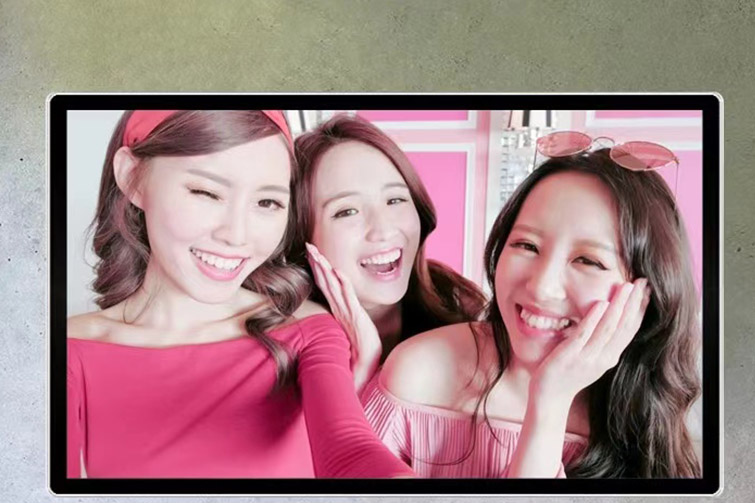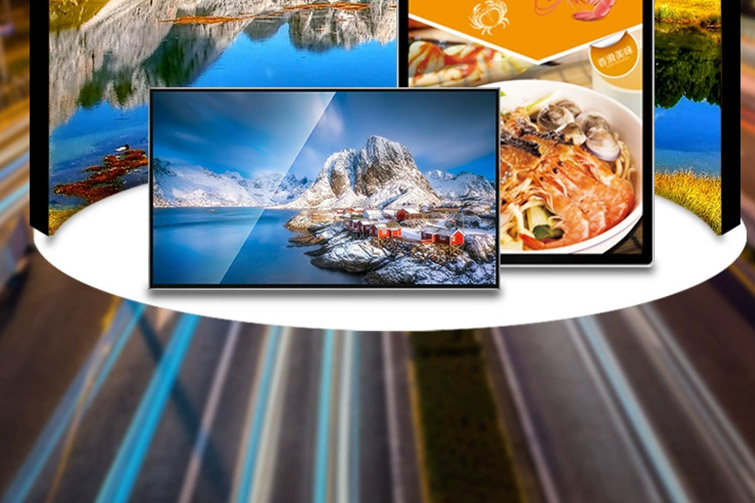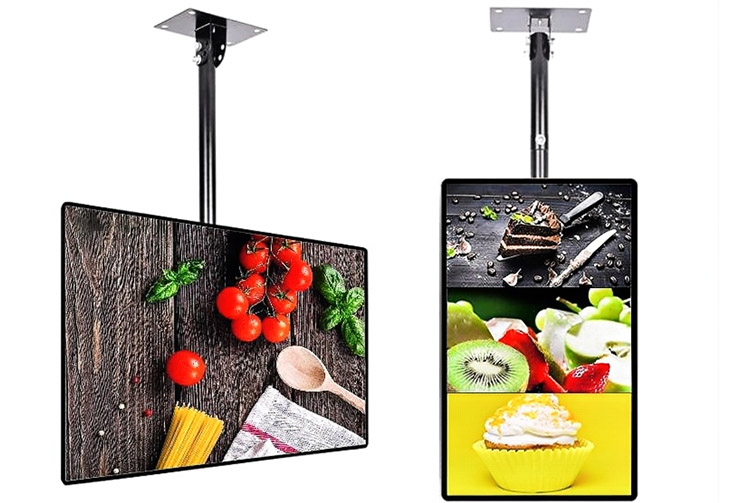

How to solve the heat dissipation problem of LED display
LED displays are widely used for advertising, events, and large-scale digital signage due to their brightness, energy efficiency, and versatility. However, one major challenge that arises with LED displays, especially large outdoor or high-performance screens, is heat dissipation. Proper heat management is crucial for the longevity, performance, and safety of the LED display. Overheating can lead to reduced efficiency, shortened lifespan of components, and in extreme cases, damage to the display.
Here are some effective ways to solve the heat dissipation problem of LED displays:
1. Use High-Quality Materials for Heat Dissipation
Choosing materials with good thermal conductivity is essential for managing heat effectively. LED modules, circuit boards, and enclosures should be made of materials that can conduct and dissipate heat efficiently.
- Aluminum Heat Sinks: Aluminum is a popular choice for heat sinks due to its excellent heat dissipation properties. Adding aluminum heat sinks to LED modules can help pull heat away from critical components.
- Thermally Conductive PCBs: Printed circuit boards (PCBs) with higher thermal conductivity can help spread heat more evenly and prevent hotspots in LED displays.
- Advanced Thermal Interface Materials (TIMs): These are used between heat-generating components and heat sinks to improve the transfer of heat, reducing the thermal resistance between them.
2. Improve Ventilation and Airflow Design
Proper ventilation and airflow are critical for dissipating heat in LED displays, especially for outdoor displays that operate in direct sunlight or enclosed spaces.
- Natural Ventilation: Design the LED display with openings or slats that allow natural airflow to carry heat away from the display. Passive cooling methods like these can help dissipate heat without requiring extra energy.
- Forced Ventilation: In larger or more enclosed installations, fans can be used to improve airflow and dissipate heat. Forced ventilation systems push air across the components to carry heat away more effectively.
- Avoid Blocking Air Vents: Ensure that the air vents in the LED display housing remain unblocked by external objects such as walls or furniture, allowing for continuous airflow.
3. Use Cooling Systems
In cases where natural or forced ventilation isn’t enough, active cooling systems can be employed to manage heat more efficiently.
- Fans: Installing cooling fans inside or around the LED display can enhance heat dissipation by increasing air circulation. These fans should be strategically placed to push hot air out and pull cool air in.
- Liquid Cooling Systems: For high-performance LED displays (such as large outdoor screens), liquid cooling systems can be more efficient. These systems use a liquid coolant to absorb heat and transport it away from the display components. Though more complex and costly, liquid cooling is highly effective for large-scale LED displays.
4. Implement Heat Management Technologies
Several technologies and design improvements can be implemented to enhance heat dissipation in LED displays.
- Smart Temperature Control Systems: Advanced LED displays can be equipped with temperature sensors and smart control systems to adjust brightness and power levels based on the display’s operating temperature. By reducing the brightness or power consumption when temperatures rise, these systems can prevent overheating.
- Heat Pipes: Heat pipes are another effective thermal management technology. These pipes use the phase change of liquids (from liquid to gas and back) to transport heat away from components, thereby increasing heat dissipation without adding much weight to the display.
5. Reduce Power Consumption
LED displays generate heat when they consume power, so reducing overall power consumption is a way to mitigate heat buildup.
- Use High-Efficiency LED Drivers: High-quality LED drivers are more efficient at converting power to light, meaning they generate less heat. Using energy-efficient components reduces the overall heat produced by the display.
- Optimize Brightness Levels: Running the LED display at excessively high brightness levels generates more heat. Optimizing brightness for ambient conditions (day vs. night) and reducing power draw during low-usage times can reduce heat generation.
6. Improve Environmental Conditions
The environment in which the LED display is installed plays a significant role in heat dissipation. Here’s how to address environmental factors:
- Shading Outdoor Displays: For outdoor LED displays, exposure to direct sunlight increases the ambient temperature, making heat dissipation more difficult. Installing shading structures or reflective covers can help protect the display from overheating.
- Climate Control for Indoor Displays: In indoor environments, controlling the room’s temperature with air conditioning or fans can help dissipate heat more effectively, especially in smaller or confined spaces where air circulation may be limited.
7. Regular Maintenance and Inspection
Heat dissipation systems in LED displays require regular maintenance to function effectively. Dust, dirt, and debris can block air vents, fans, or cooling systems, reducing their efficiency and increasing the risk of overheating.
- Clean Air Vents and Fans: Regularly inspect and clean air vents and fans to ensure proper airflow and cooling.
- Monitor Temperature Levels: Use temperature sensors and monitoring tools to regularly check the operating temperature of the LED display. Identifying hotspots or overheating problems early can prevent long-term damage.
Conclusion
Heat dissipation is a critical factor in the performance and longevity of LED displays. By using high-quality materials, ensuring proper ventilation, incorporating cooling systems, and optimizing power consumption, you can effectively manage heat in LED displays. Regular maintenance and smart temperature control systems can further improve heat management, ensuring that your LED display operates efficiently and lasts longer without overheating issues.






